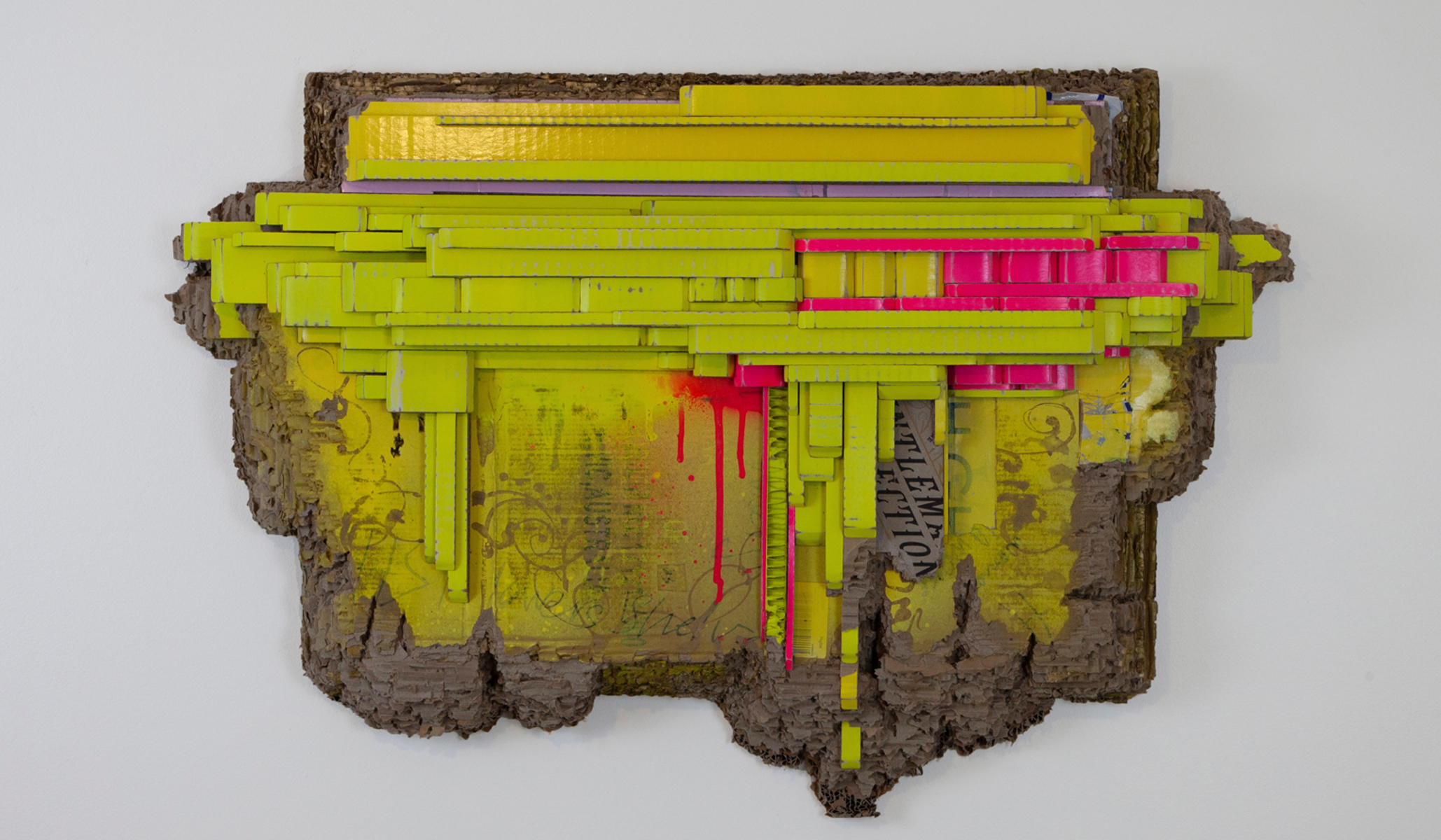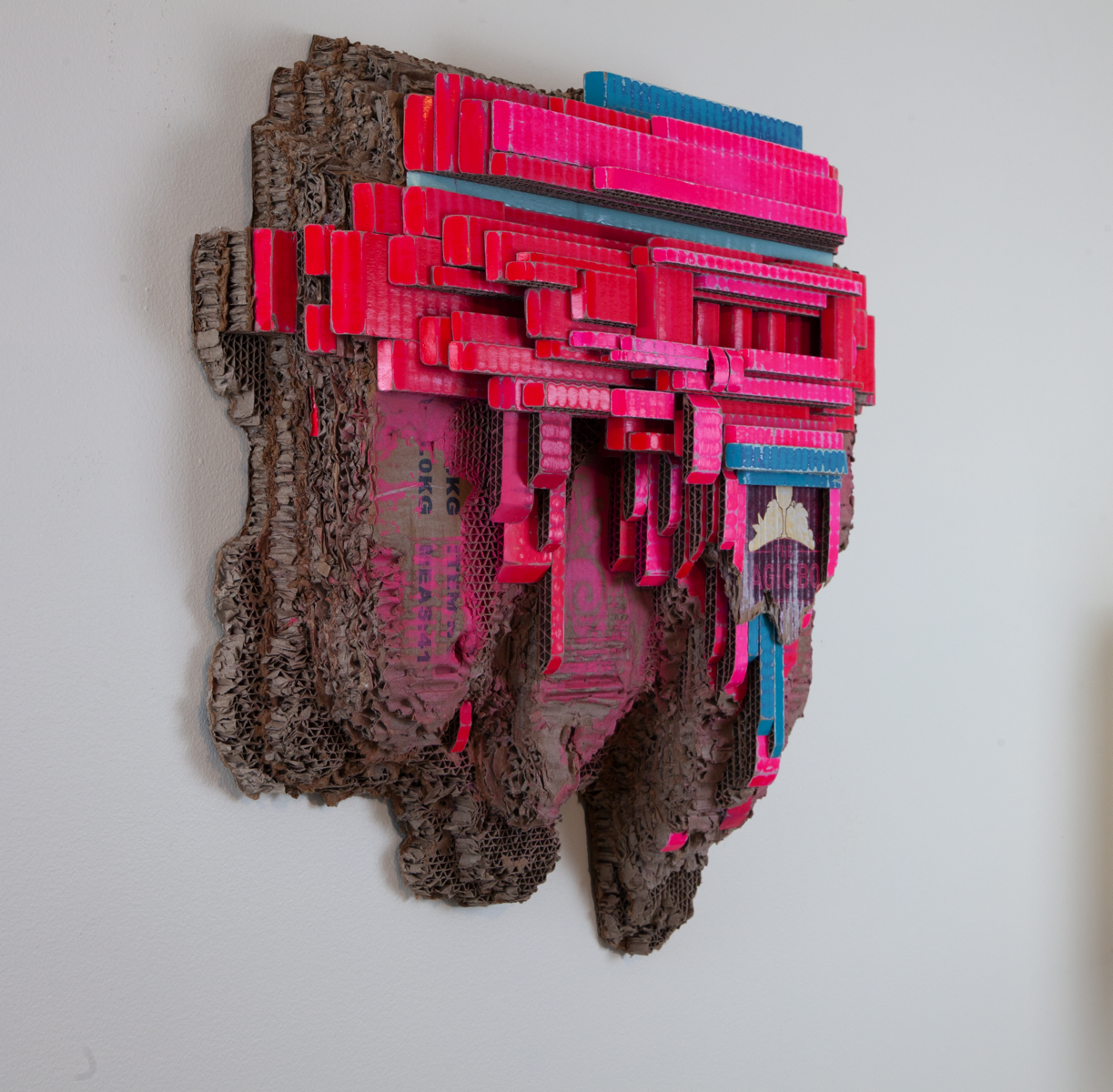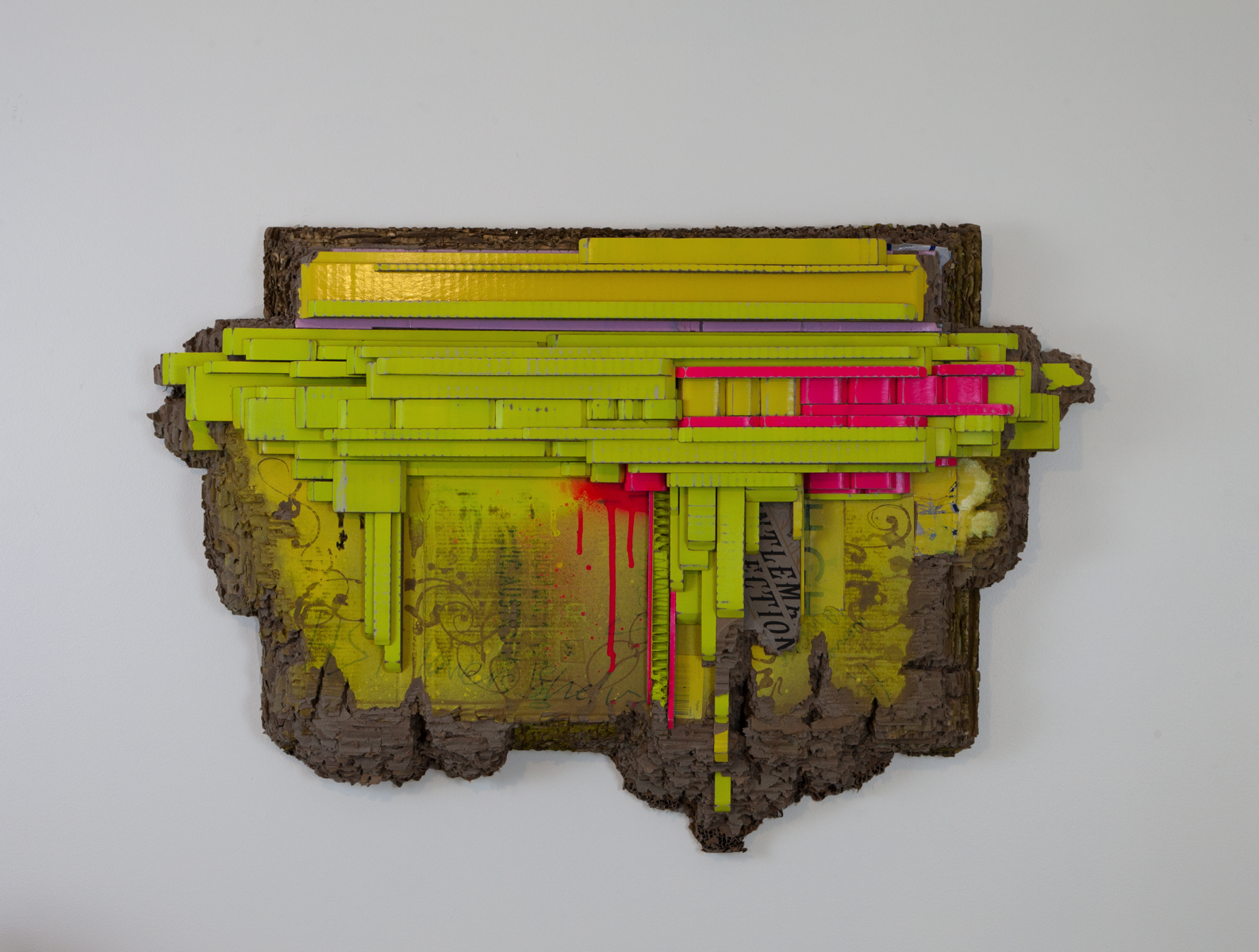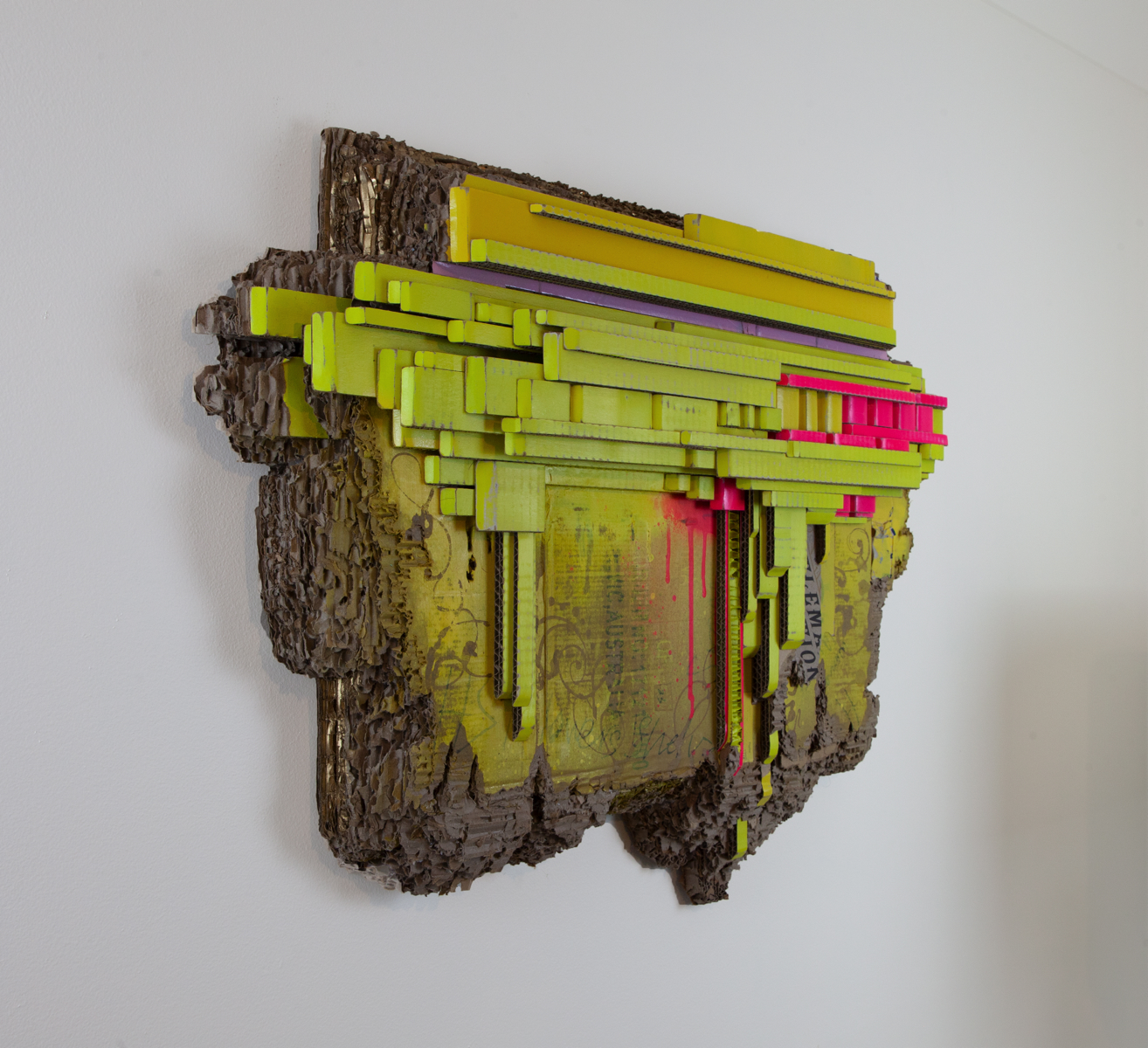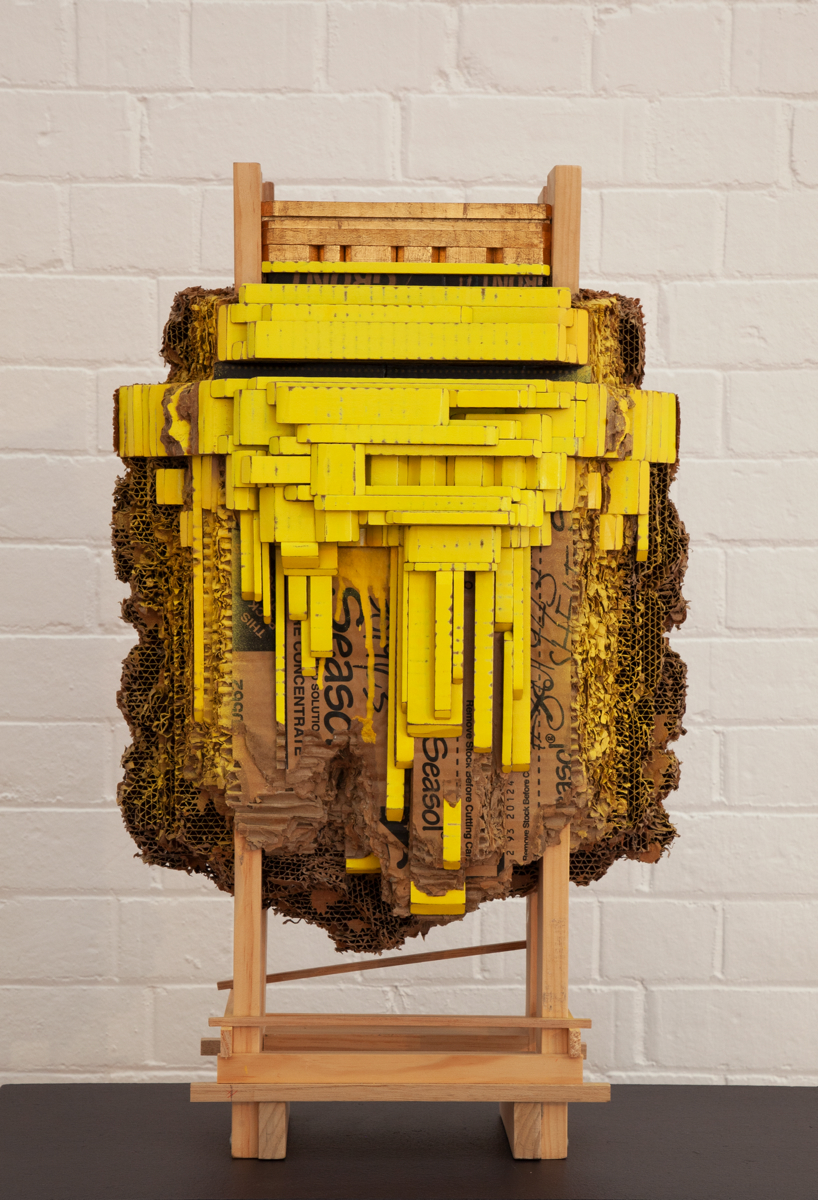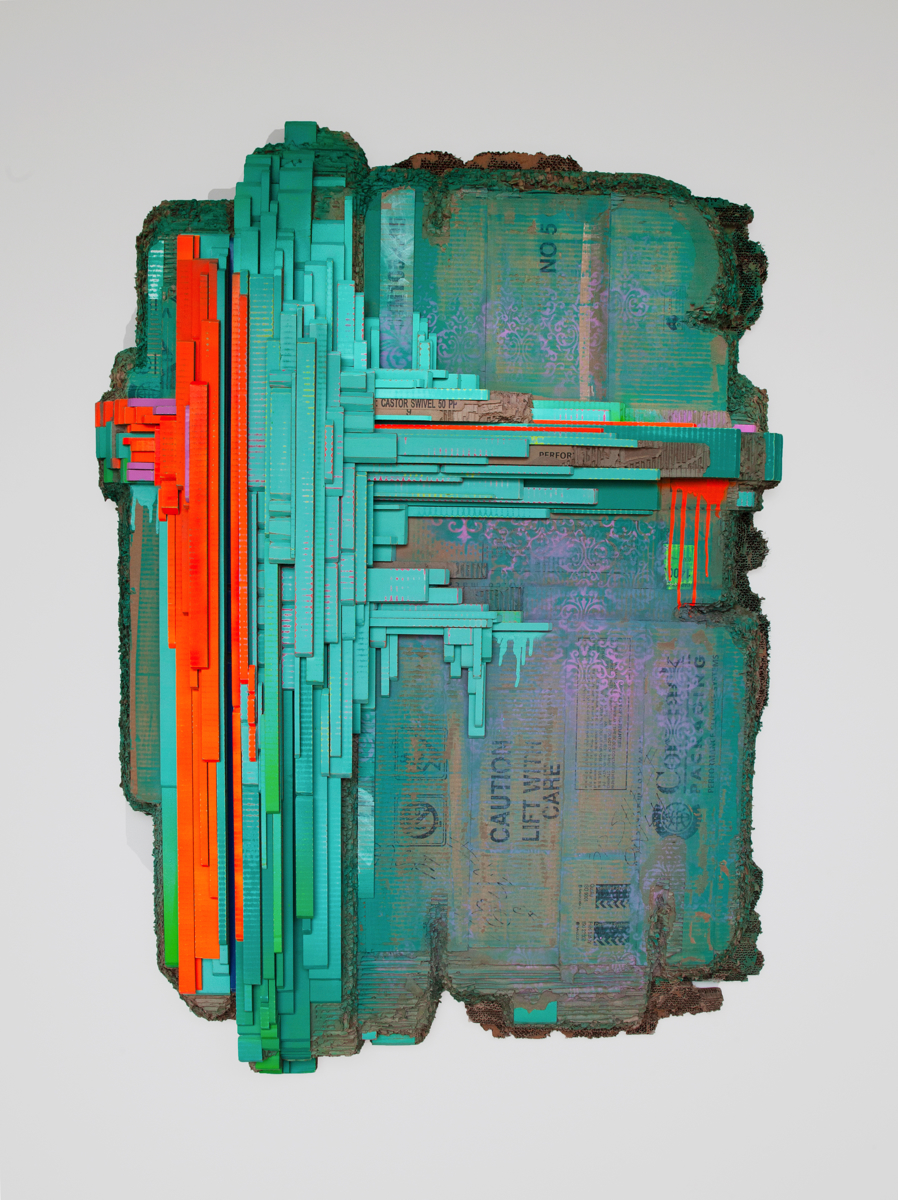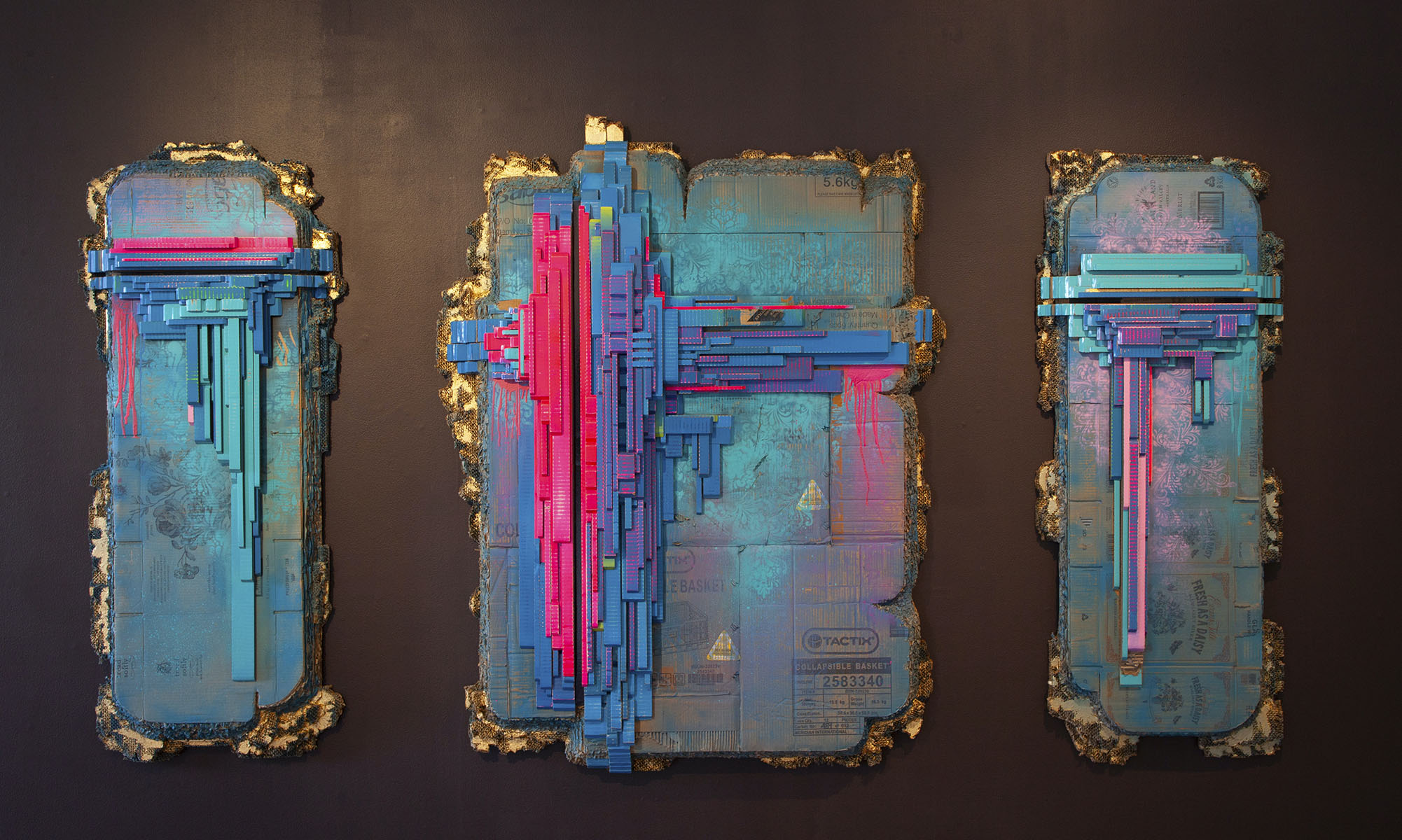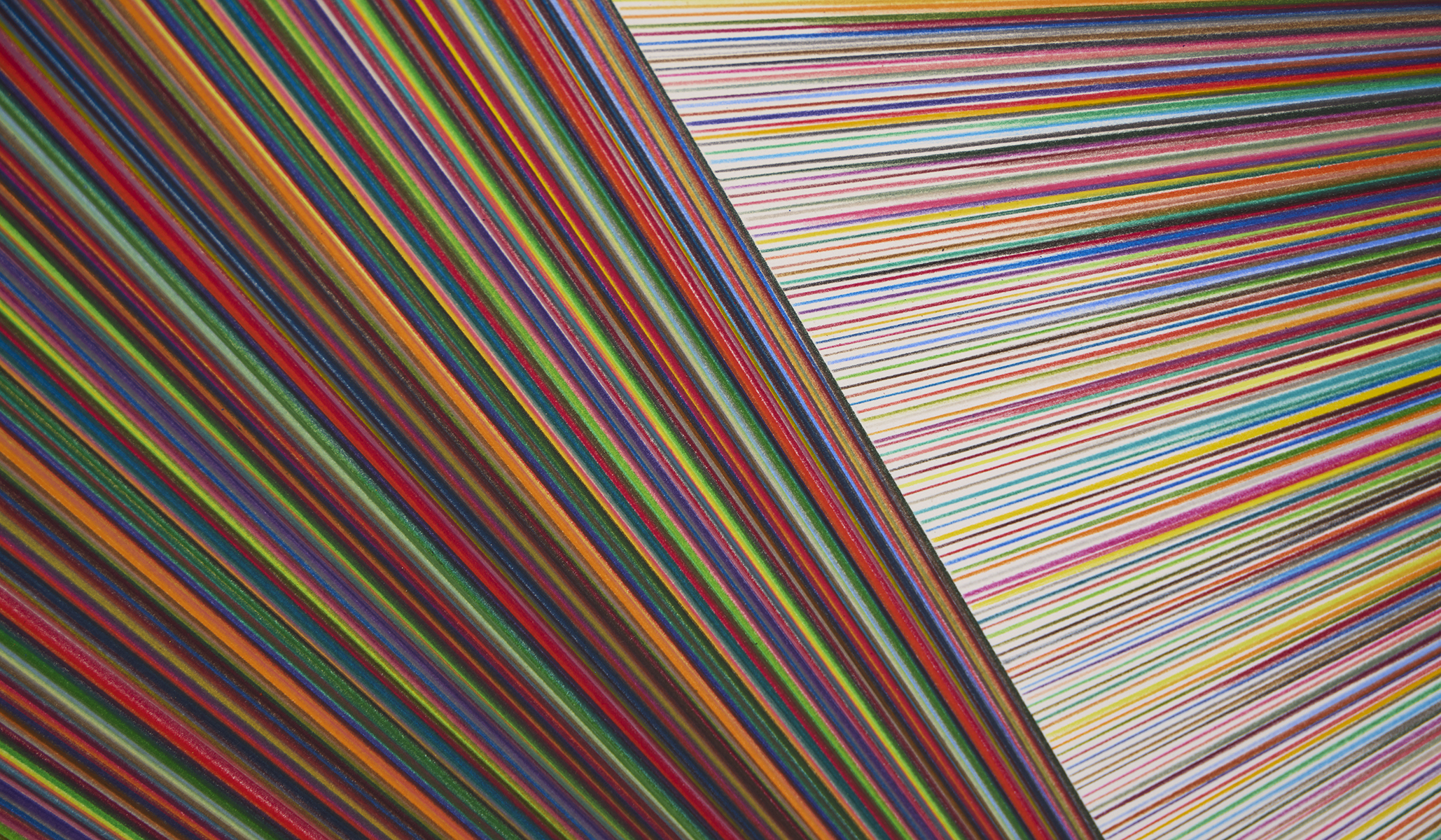Exhibition
To view and purchase artworks from this series scroll to the end of this webpage or visit the gallery before 27 February 2021.
Artereal Gallery is excited to launch our 2021 exhibition program with a solo exhibition by Sydney-based artist Patrizia Biondi.
Patrizia Biondi burst onto the Australian contemporary art scene in 2018 when she graduated from Sydney College of the Arts and was awarded the 2018 Artereal Gallery Mentorship Award (awarded annually to one outstanding Honours student from Sydney College of the Arts).
The following year in 2019, Artereal was excited to present Biondi’s first solo exhibition in a commercial gallery. A finalist in the 2019 PICA Hatched award, Biondi went on to receive significant attention from international collectors and curators, presenting her first solo exhibition in an international context in September 2019 at Annarumma gallery in Naples, Italy.
Since that time Patrizia has continued to show with commercial galleries across Europe and presented a sell out online exhibition with Artereal Gallery in 2020.
“Circus originates from the Latin “circular line” – a place of performance that traces back to Roman times. Then, amphitheatres hosted events to entertain the populace. The most popular of all was the gladiator games. Professionally trained for combat, the ultimate aim for condemned criminals, slaves and volunteers hoping to escape poverty, was a fight to the death, pitted against other gladiators or even wild animals. Never mind that gladiator games epitomised the notion of ethical combat, to say that the games were divisive would be an understatement. The truth is, the more violent they were, the more the audience was delighted, believing that the human in the arena was deserving of their fate.
In a series of satirical poems, the early 2nd century Roman poet Juvenal wrote about how these games were designed to appease people. He spoke of “bread and circuses” – panem et circenses, a figure of speech pointing to the idea of a government garnering public approval through doling out food and entertainment to the populace. Juvenal’s words were written in a critical context, implying that people can be easily distracted by appeasement and, as a consequence, fail to engage critically with their governments’ alternative agenda.
While contemporary entertainment featuring violent combat might largely be confined to the virtual world of gaming and movies, the current political agenda still employs divisive, sometimes even destructive, methods to distract the populace. Today’s populist politics still deploy sacrificial altars, scapegoating chosen categories of people in order to gain public support. Be they migrants, poverty stricken, those seeking the safety of other lands or people with certain religious beliefs, our gaze is consistently directed towards an ever-changing other – those portrayed as an enemy and metaphorically crucified to appease the populace with the spectacle. An antagonist is consistently posited on our horizon as we are guided to a notion that convinces us – we must protect ourselves and our country from those who plot to steal our jobs, our culture, our national identity, our private information, our way of life and, most importantly, our wealth and prosperity. This pursuit ultimately educes the worst in us.
All the while, undeterred, we blissfully keep consuming far beyond that required to live comfortably. Basking in our spending panacea and inebriated by our excess, we do not question that which is dubious, be it the tyranny of corporations, the destruction of the environment or the gradual vanishing of government transparency and accountability. “Consumerism and the other” are our “bread and circuses”, as our stare is expertly diverted from the slow erosion of democracy. To cement their power, those who rule humanity keep us appeased, entertained and distracted with two powerful tools – a villain and shopping.”
Patrizia Biondi
Artist Statement – 2021
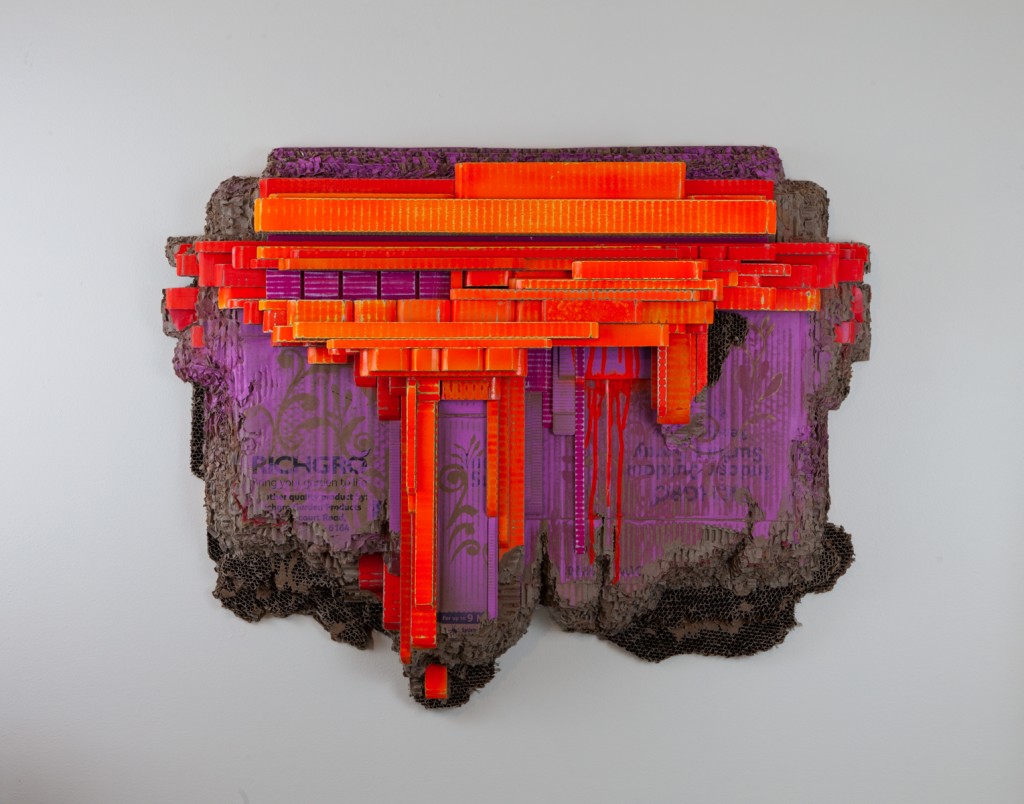

Patrizia Biondi’s practice is interested in the language of materials and the concepts underlying the processes used to transform such materials into objects of beauty.
Her artworks are made with recovered cardboard packaging – a choice of medium which emerges from her concern about humanity’s growing immersion in excessive consumerism. Such preoccupation with disproportionate consumption is related to the environmental destruction generated by interminable industrial production and by the unprecedented, overwhelming amounts of waste. Therefore, the materials employed are fundamental to the narrative of Biondi’s pieces as packaging inevitably infers consumerism, storage, advertising, global transport, aesthetic appeal, obsolescence and, ultimately, a globalised economy relying on endless consumption to safeguard its own survival.
Materials are unavoidably embedded in the history of societies and cardboard packaging is no different. This humble resource embodies the entrenchment of endless production, consumerism, disposability and fast profits with contemporary culture, an approach that leaves little to no room for excellence, endurance or a legacy of integrity by taking pride in one’s own craft. In order to share these ideas, Biondi makes sure that the recovered detritus retains all the characteristics that it was found in. The marks, the rips, the packaging tape, the delivery labels and all the elements that provide testimony to the realm of consumption are left visible or only partially covered by the paint, rendering the artworks anthropological relics.

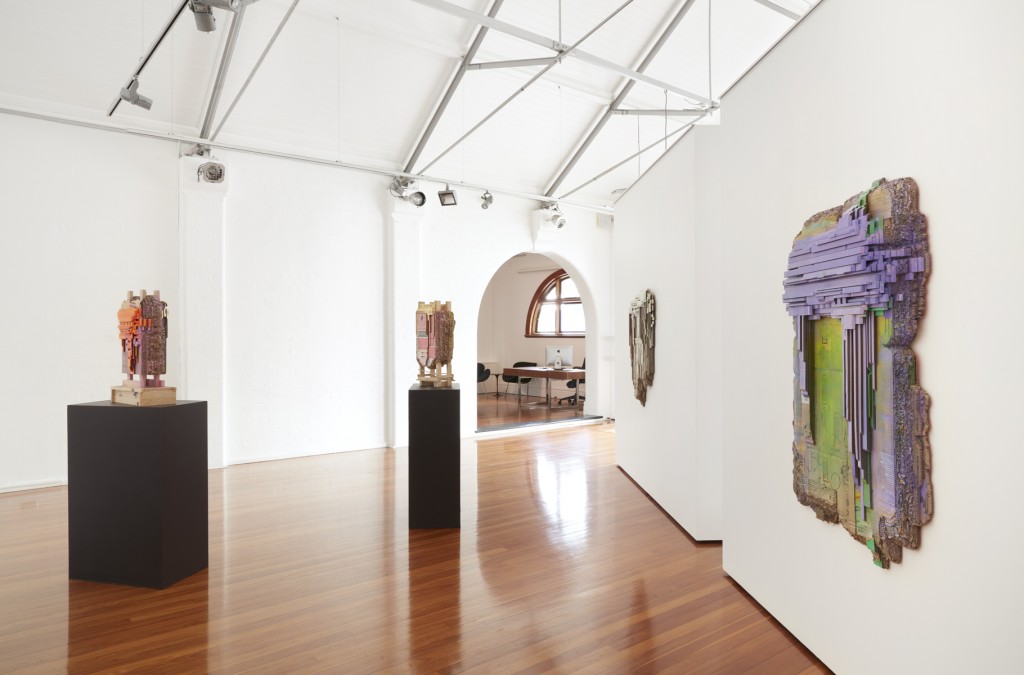
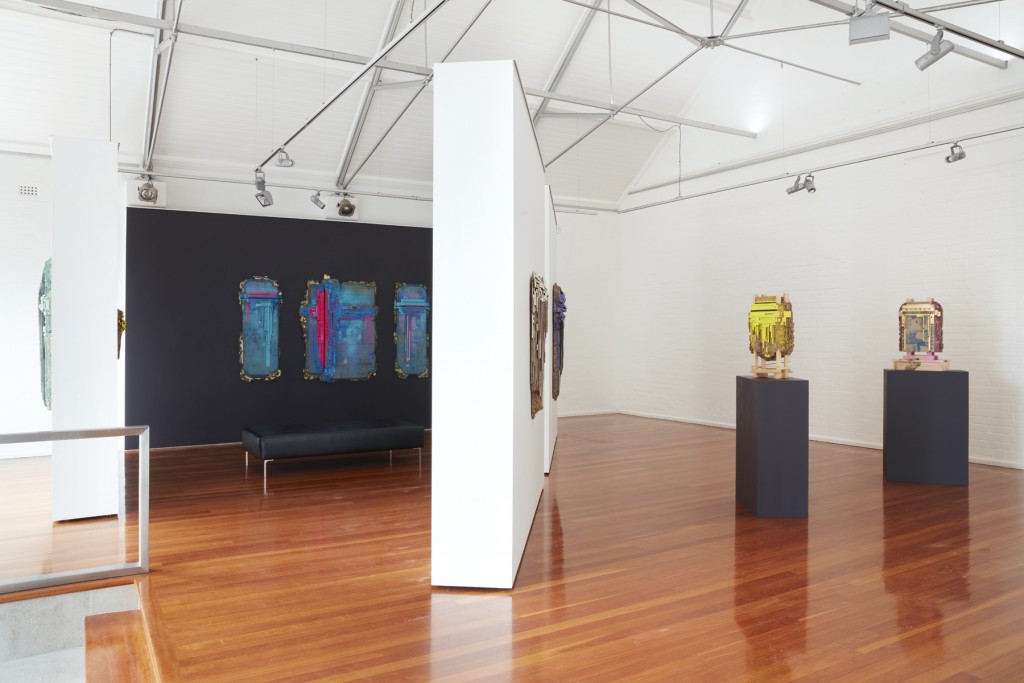
View Patrizia Biondi’s ‘It’s a circus out there’ series in full below.
All prices are in Australian dollars and inclusive of GST. Freight and shipping costs not included. Please contact the gallery for assistance with freight and shipping. Prices are correct at the time of publication but may be subject to change without notice. For sales enquiries email: info@artereal.com.au

